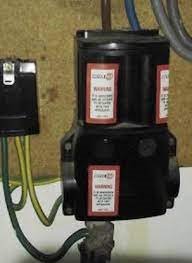I'm investigating safety concerns over phenolic cutouts.
The DNOs say it's not a problem but I've heard from electrical experts that the material acts a conductor once degraded and is a fire risk. The manufacturers acknowledge this is an issue.
Does anyone here have experience or concerns surrounding phenolic cutouts? Please share your thoughts and any images you might have here.
Should we replacing them, or waiting until they deteriorate?


